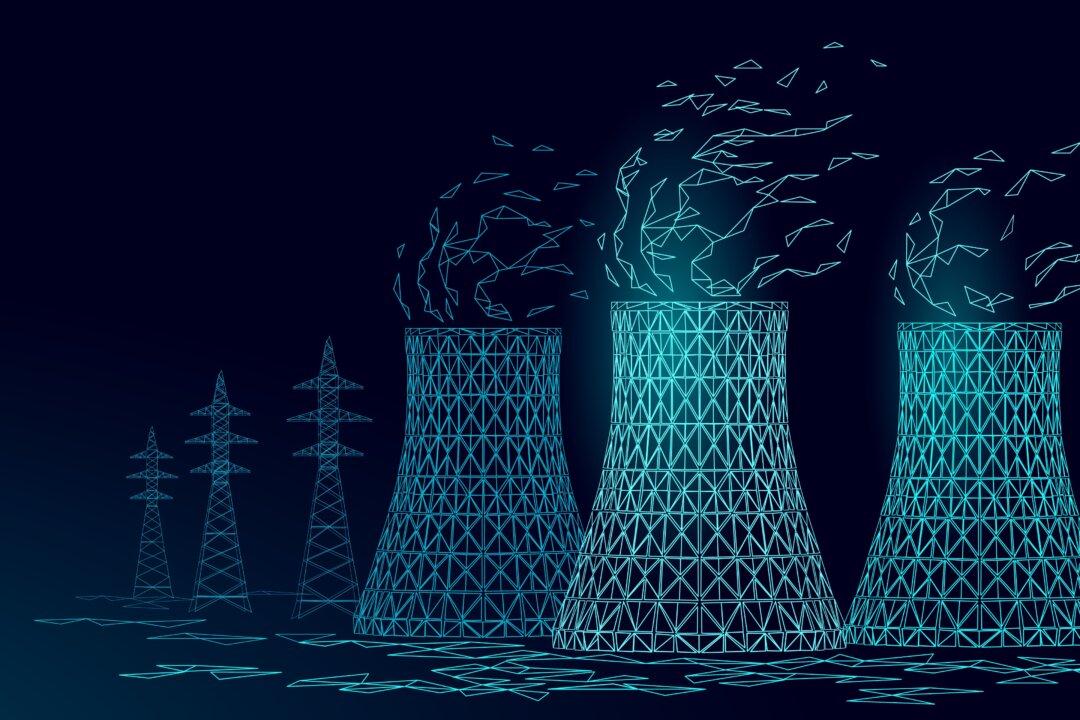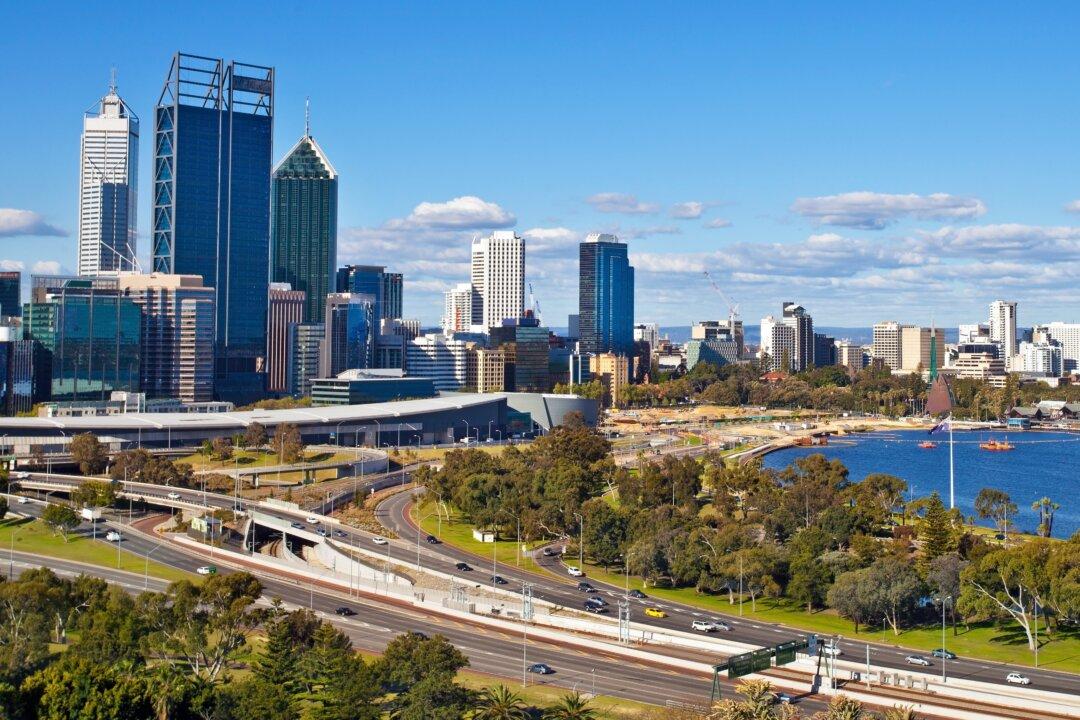Australia and the United Kingdom have agreed to take a crack at cleaning up fossil fuel industries in a collaboration that aims to transform low-emissions technologies from uneconomical to commercially viable and competitive.
But experts have been left stumped as to why nuclear power has been included in the list, given how long it would take Australia to train a workforce, build infrastructure, and annul legislation that has banned the tech entirely.





